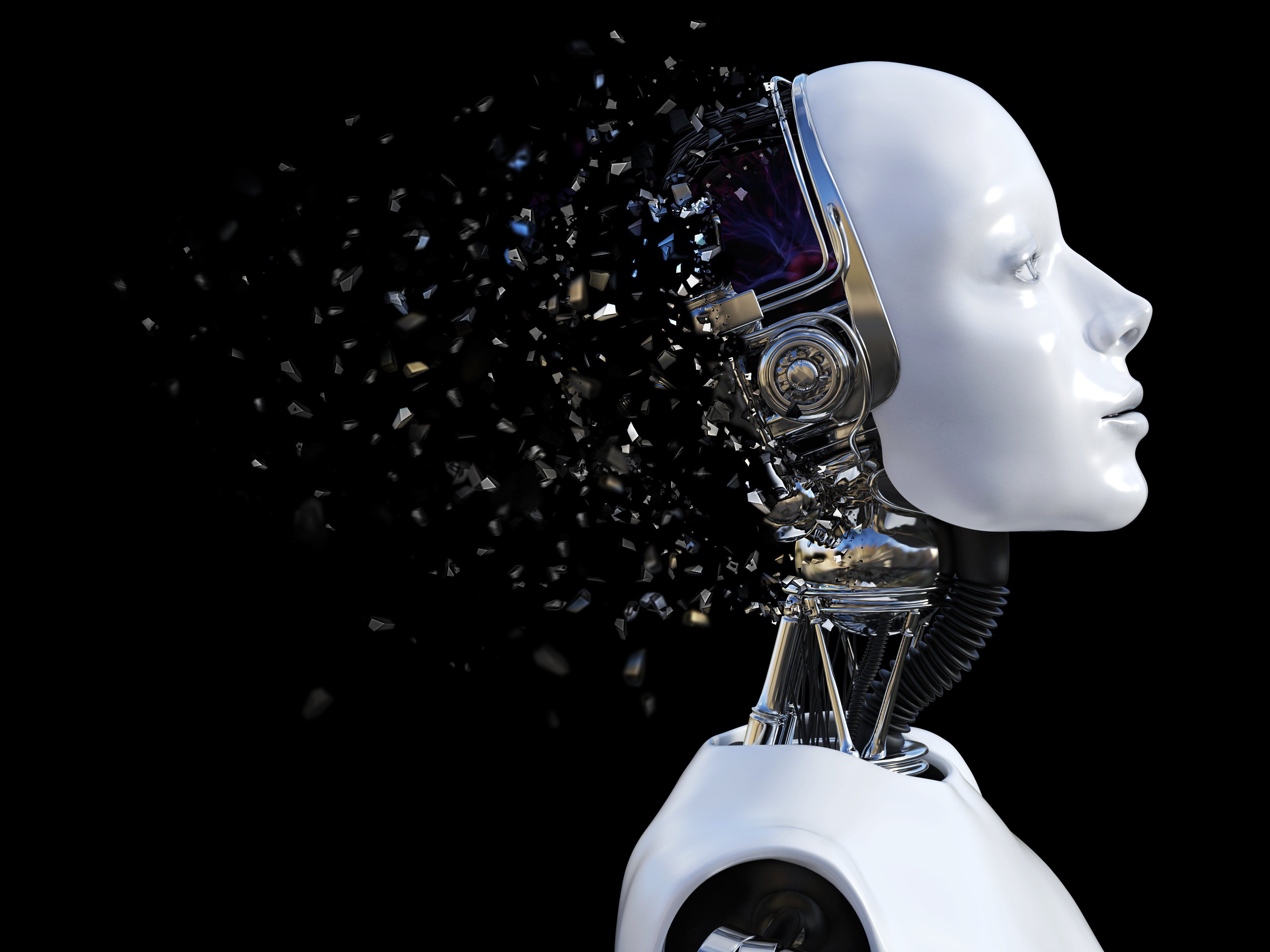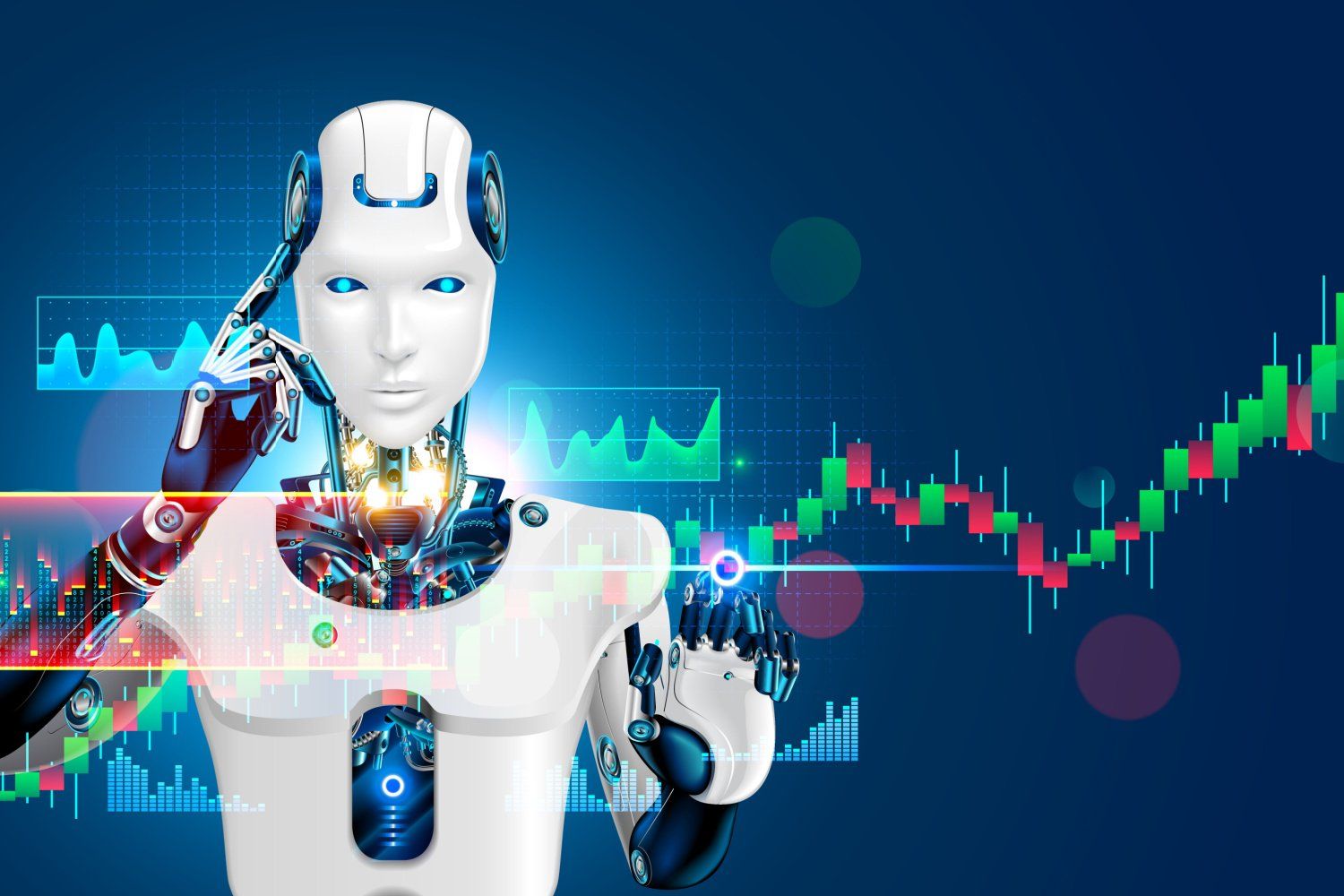Maxar Technologies (NYSE:MAXR) (TSX:MAXR), a trusted partner and innovator in Earth Intelligence and Space Infrastructure, is advancing its commitment to the St. Louis area with an emphasis on workforce diversity. Recent activities include an expanded partnership with Harris-Stowe State University (HSSU) and a new mapping project with the U.S. National Geospatial-Intelligence Agency (NGA) for which a portion of the work will be performed in St. Louis.
In recent years, St. Louis has become the preeminent geospatial hub of the Midwest. The city will be home to the Next NGA West campus currently under construction, and Maxar opened a new office in downtown St. Louis's historic Globe Building in 2019. The St. Louis geospatial ecosystem is growing rapidly thanks to investments by government, civic, economic development, academic and community organizations. In October the city will also host the GEOINT Symposium, the largest annual gathering of geospatial intelligence professionals in the nation.
Maxar recently facilitated a GeoHornet Mapathon hosted by HSSU that helped create a more detailed map of north St. Louis. Thirty participants, including 12 students from HSSU, a historically black college and university, added nearly 600 buildings to OpenStreetMap (OSM), a free, online map of the world available to be viewed and edited by anyone. Maxar's high-resolution satellite imagery serves as the foundational mapping layer for OSM, so the derived mapping information platform users create maintains the same accuracy as Maxar imagery.
"By filling data gaps in OpenStreetMap, the GeoHornet Mapathon is introducing geospatial technology to students and growing geospatial skillsets," said Freddie Wills, assistant vice president for STEM initiatives at HSSU. "It also is driving application of geospatial data across multiple academic disciplines to benefit students, teachers, the St. Louis geospatial economy and local residents."
Maxar also partners with Gateway Global American Youth and Business Alliance Academies to provide mentorship and technical presentations for its Entry to Executive Geospatial Program at HSSU. In 2021, Maxar is expanding the partnership to offer students who have completed Gateway Global's program and their freshman year at HSSU the opportunity to apply for paid Maxar internships. These efforts are part of Maxar's overall Academic Outreach Program, which serves to inspire students and faculty by sharing Maxar's story, fostering the adoption of its technology and advancing collaborative opportunities.
Finally, Maxar was recently awarded an NGA contract worth nearly $19 million to deliver land cover classification and other derived global-scale products through the agency's Janus Geography program. Maxar will produce high-resolution land cover data and classification solutions that identify how land is being used and help analysts understand and predict change. A portion of the work will be performed by Maxar's more than 20 St. Louis-area employees, who specialize in geospatial production and machine learning to support national security missions. The contract will further the company's ability to grow in St. Louis and create employment opportunities consistent with Maxar's diversity initiatives.
"Maxar is committed to the geospatial community in St. Louis, and we are thrilled to see the level of activity and innovation that is accelerating in the city," said Dan Jablonsky, Maxar CEO. "These collaborations between government and industry are building the workforce of tomorrow, offering more opportunities for populations that are currently underrepresented in the geospatial community, and will ultimately contribute to U.S. national security."
Maxar is building a community of creative problem-solvers who want to apply breakthrough technologies, collaborate across disciplines and partner with visionaries to advance global security, humanitarian and business missions. Explore opportunities at maxar.com/careers .
About Maxar
Maxar is a trusted partner and innovator in Earth Intelligence and Space Infrastructure. We deliver disruptive value to government and commercial customers to help them monitor, understand and navigate our changing planet; deliver global broadband communications; and explore and advance the use of space. Our unique approach combines decades of deep mission understanding and a proven commercial and defense foundation to deploy solutions and deliver insights with unrivaled speed, scale and cost effectiveness. Maxar's 4,300 team members in over 20 global locations are inspired to harness the potential of space to help our customers create a better world. Maxar trades on the New York Stock Exchange and Toronto Stock Exchange as MAXR. For more information, visit www.maxar.com .
Forward-Looking Statements
Certain statements and other information included in this release constitute "forward-looking information" or "forward-looking statements" (collectively, "forward-looking statements") under applicable securities laws. Statements including words such as "may", "will", "could", "should", "would", "plan", "potential", "intend", "anticipate", "believe", "estimate" or "expect" and other words, terms and phrases of similar meaning are often intended to identify forward-looking statements, although not all forward-looking statements contain these identifying words. Forward-looking statements involve estimates, expectations, projections, goals, forecasts, assumptions, risks and uncertainties, as well as other statements referring to or including forward-looking information included in this presentation.
Forward-looking statements are subject to various risks and uncertainties which could cause actual results to differ materially from the anticipated results or expectations expressed in this presentation. As a result, although management of the Company believes that the expectations and assumptions on which such forward-looking statements are based are reasonable, undue reliance should not be placed on the forward-looking statements because the Company can give no assurance that they will prove to be correct. The risks that could cause actual results to differ materially from current expectations include, but are not limited to, the risk factors and other disclosures about the Company and its business included in the Company's continuous disclosure materials filed from time to time with U.S. securities and Canadian regulatory authorities, which are available online under the Company's EDGAR profile at www.sec.gov , under the Company's SEDAR profile at www.sedar.com or on the Company's website at www.maxar.com .
The forward-looking statements contained in this release are expressly qualified in their entirety by the foregoing cautionary statements. All such forward-looking statements are based upon data available as of the date of this presentation or other specified date and speak only as of such date. The Company disclaims any intention or obligation to update or revise any forward-looking statements in this presentation as a result of new information or future events, except as may be required under applicable securities legislation.
View source version on businesswire.com: https://www.businesswire.com/news/home/20210428005344/en/
Investor Relations Contact:
Jason Gursky
Maxar VP, Investor Relations and Corporate Treasurer
1-303-684-2207
jason.gursky@maxar.com
Media Contact:
Kristin Cody
Maxar Media Relations
1-703-350-6753
Kristin.cody@maxar.com





